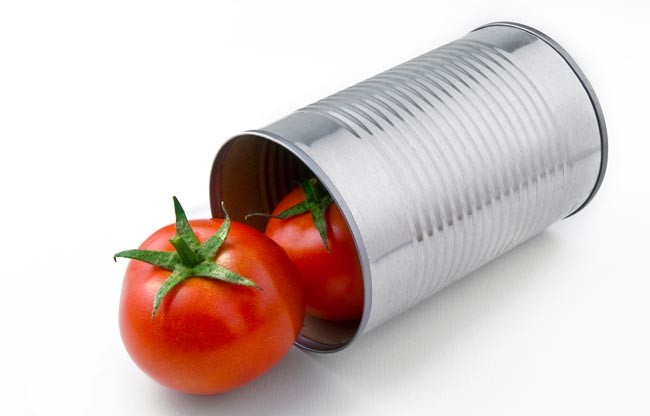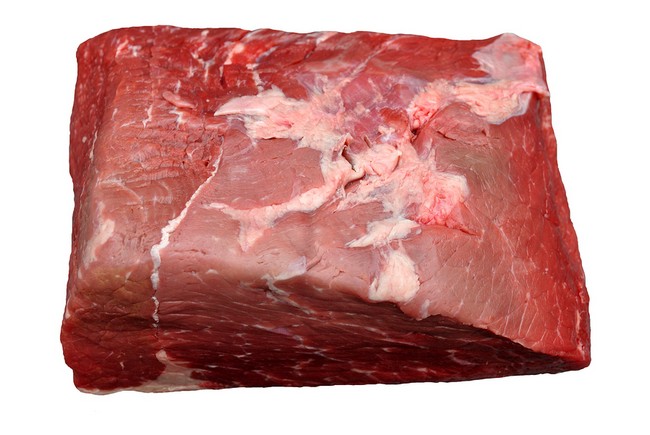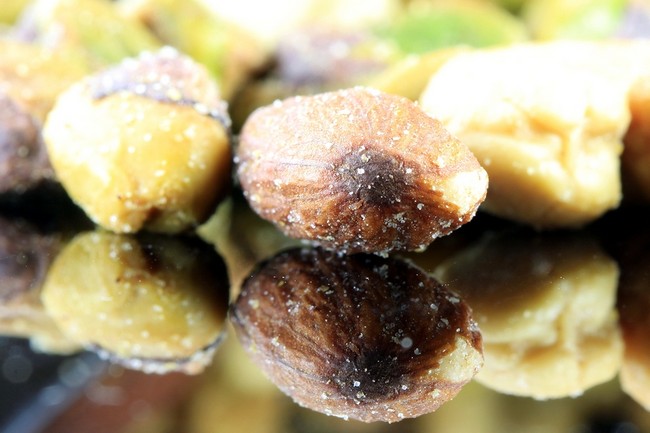- Make It Yourself Lavender Heart-Shaped Bath Bombs!
- 20 Things You Never Knew About “Down There”
- 12 Best Foods For Those Suffering From Arthritis Pain
- 12 Personal Hygiene Mistakes Almost Everyone Makes (Mom Never Told You About #4!)
- 15 Medicinal Plants And Herbs From The Cherokee People
- 12 Mind-Blowing Benefits Of Drinking Coconut Water During Pregnancy
- 12 Outstanding Winter Foods That Won’t Fatten You Up Like A Christmas Turkey
Top 5 Shocking Things You Never Knew about Your Food

Photo credit: bigstock
Some of us know a lot about computers, still others may know quite a bit about cars, and others are experts at electronics, but how many of us can say we are really knowledgeable about our food, something we must indulge in every single day? Have you ever gone to one of those “pick it yourself” farms, where you can go pick your own veggies right out in the fields?
It’s amazing to watch people looking at plants and asking “What is this?” Food that we find in the supermarkets have been picked and cleaned to the point where they are almost unrecognizable from their natural selves.
Here are 5 interesting things about some of the foods you eat that you most likely never knew.
1. Why are supermarket tomatoes so tasteless?
If you have ever eaten a supermarket tomato and someone’s backyard tomato, you know that the ones in supermarkets have little or no flavor, but how can that be?
When supermarkets became the popular place to get produce, farmers needed to find a way to grow tomatoes that looked perfect yet held up to the shipping process, and all tomatoes shipped still needed to ripe at about the same time. A tall order for the lowly tomato.
How tomatoes taste is a complex issue due to the many compounds the many different varieties of tomatoes contain. Some compounds enhance a sweet flavor to the meat, while others give the tomato more of a sour bite, but one compound, GLK, stands out. This protein causes tomatoes to turn a lighter green near the bottom, gradually darkening as it reaches the stem, and then reverses itself by turning the tomato red near the stem and moving down.
This is a natural process, however, since tomatoes that are bound for the supermarket are picked while they are still green, then “ripened” while they are being shipped by being exposed to ethylene gas, farmers realized that they needed a tomato that was a uniform green so they would, in turn, become a uniform red when exposed to the gas. So GLK has been bred out of your typical supermarket tomato.
As you can imagine, fruits and vegetables that are chemically ripened lose some of their flavor in the process but by removing this important compound, GLK, tomatoes also lost their ability to produce sugar. Yes, we now have huge, beautiful, super red tomatoes but they lack almost any trace of real flavor. Tomatoes are perhaps the original GMO. If you really want to know what a tomato should taste like, grow or buy heirloom tomatoes in season and get ready to be wowed.
Read also shocking things you never knew of bottled water.

Photo credit: bigstock
2. Celery was once a wild plant
Celery was once a wild plant that was commonly known as “Smallage”. Its flavor was so potent and bitter, it was necessary for it to be cooked down for hours before it could be eaten.
When celery was still wild, it was a dark green color with hollow stalks and an intensely bitter flavor. The English started to cultivate and breed celery so the flavor would be more tolerable.
Farmers discovered that by covering the plant with dirt to keep it from receiving sunlight and making chlorophyll, a process called banking; it became more pale in color and the stalk more tender.
This breeding and banking of celery has resulted in the denser, more bland tasting veggie we now eat today.

Photo credit: bigstock
3. Meat Can Tell You A Lot About The Animal
Ok, so cheese might come from happy cows but did you know that the best meat does as well? Research tells us that the meat you buy can tell you a great deal about how much stress or illness your pig or cow was under when they were killed.
Animal meat contains a sugar called glycogen that turns into lactic acid after the animal has died. This is what makes your meat tender, as well as resistant to bacteria. However, if an animal is under a great deal of stress, exhaustion, or even disease, the glycogen is used up by the body and there is little or no lactic acid in the muscle after the death of the animal.
Now there is no way to tell if the animal was under stress its entire life, or if it was just at the slaughterhouse.
Animals that have undergone stress show this in the meat. Pork meat that is pale in color, or is a little watery or overly soft, means that pig underwent some tremendous stress at some point in its life. Also, beef will look darker than normal, drier, and more dense. Beef should be bright red, soft, and a very juicy looking.
If you see beef that is dull, very dark in color, or is dry looking, you will know that particular cow was not one of the happy cows you see on those TV commercials. Find out why some meat is banned in other countries but allowed in the USA.
Although everyone would like to think that all meat animals are slaughtered humanely with as little stress or suffering as possible, everyone knows that is not always the case.
However, considering that meat that is humanely killed produces lactic acid that fights off bacterial growth, even if someone doesn’t want to consider the comfort of the cow or pig, shouldn’t we consider humane means of slaughter if for no other reason than a health issue?

Photo credit: bigstock
4. Almond Extract Isn’t Always Made From Almonds
Although pure almond extract should be made from alcohol, water, and bitter almond extract, the truth is that bitter almonds belong to a family of stone producing fruits such as peaches and apricots. So it’s much more common for the “bitter almond flavor” to be removed from the pits of these fruits rather than from almonds.
Cooks Illustrated did research on the top four manufacturers of almond extract and found the following:
One company used apricots
One company used a combination of peaches, cherries, plums, as well as almonds
Another one admitted that they did use the stones of fruits but declined to say which fruit
Only one company did use only bitter almonds in their extract
You might feel cheated knowing this but here is an interesting point. When Cooks Illustrated did taste tests of these four almond extracts, the company whose product actually contained only bitter almonds was rated as the weakest tasting among the four.

Photo credit: bigstock
5. Is Your Chicken Giving You a UTI?
You might have heard about research done in 2012 that found a link between urinary tract infections and factory produced chicken (see also some illegal procedures practiced in the USA). Worse still, this bacterium is the super antibiotic resistant type that is linked to a strain of E coli. If you didn’t hear about it, that’s not surprising, this story was hidden between Lady GaGa’s new CD and a recipe for banana pudding.
When chickens are kept in extremely close quarters and given liberal doses of antibiotics, this is the perfect set up for disease to both grow and spread.
Not just spread, but to mutate as well as the bacteria finds ways around the antibiotics. Unfortunately, a bacterium doesn’t die simply because the chicken does.
It stays with that bird all the way to your kitchen counter, where you may have used the same cutting board to cut up both the chicken and the vegetables for you salad. This is how your Sunday chicken dinner may turn into a Monday morning UTI for you and your family.
































